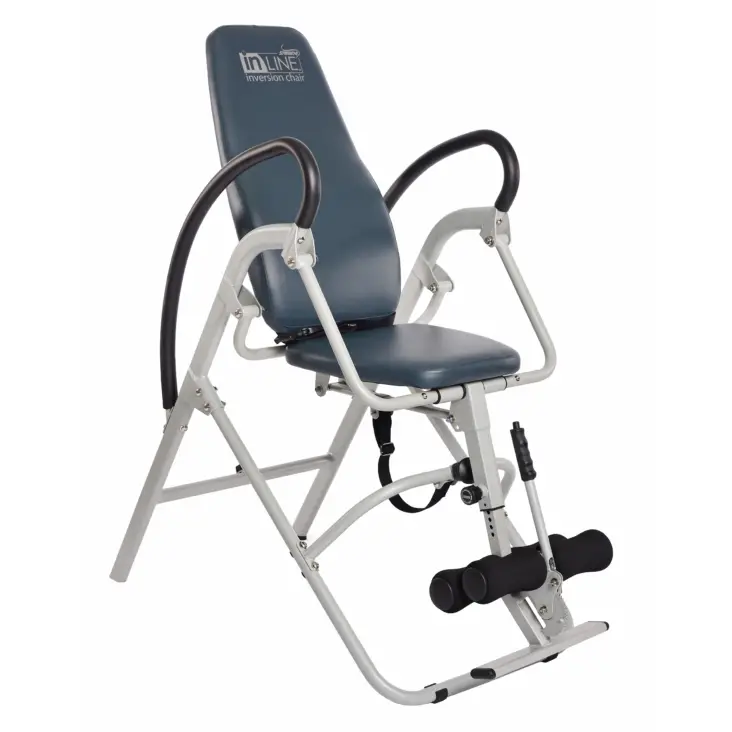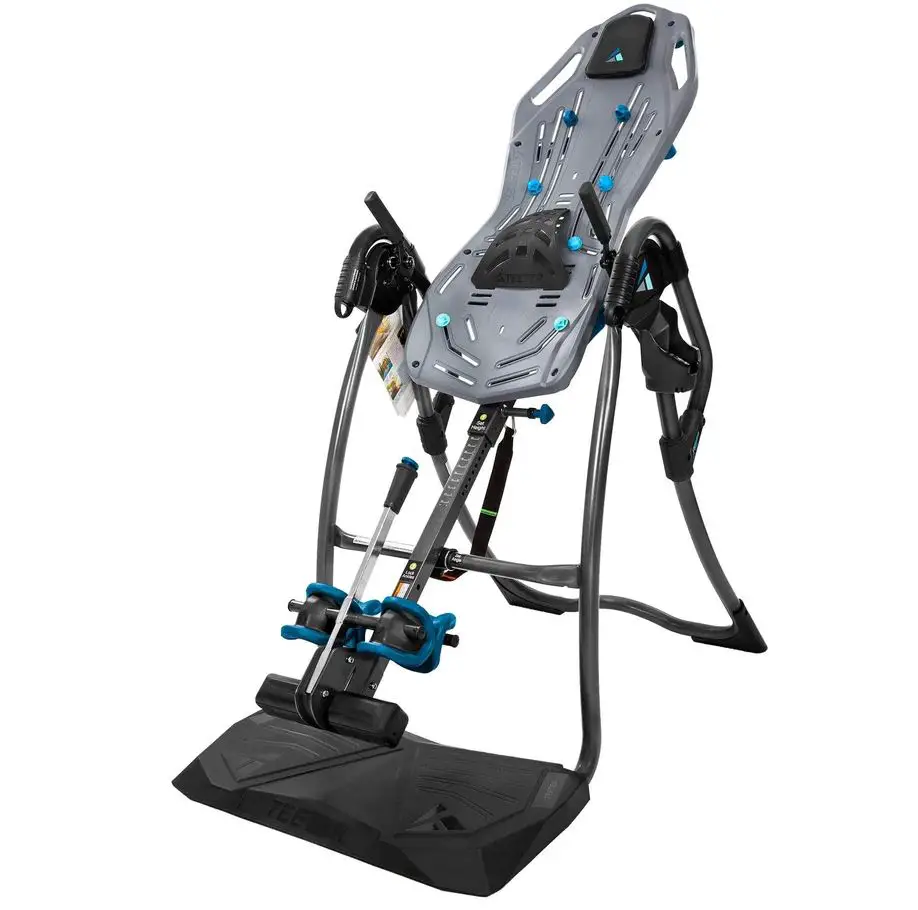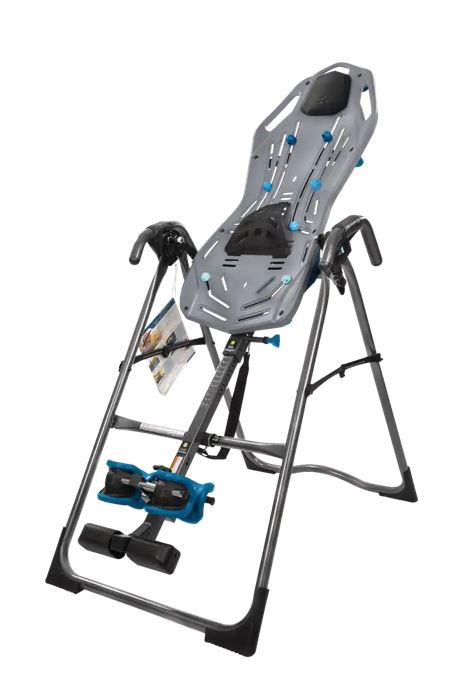Inversion Therapy
It’s exhilarating to be dangling upside down. It can even make you feel like a kid again if you try it out on the monkey bars. The practice of hanging upside down some adults today has additional benefits, though. It has been demonstrated that a form of physical therapy termed inversion treatment helps alleviate back pain.
The goal is to hang upside down while stretching the spine. Many people attest to it. On the other hand, science has come to different conclusions about how hanging upside down can help ease the pain. Inversion therapy aims to reverse the compression caused by gravity on the spine. An inversion table is typically employed. These tables have supports for your ankles and can be tilted backward in different ways, including over.
So, the spine may be lengthened, taking the pressure off the discs and nerve roots. It might also enlarge the space between the vertebrae. Inversion therapy may temporarily relieve back pain, sciatica, and scoliosis. It may also make you more flexible, help keep your spine healthy, and reduce the need for back surgery.
How to Use an Inversion Table Correctly
Inversions are often used in yoga to relieve stress, lengthen the spine, and improve blood flow. Inversion tables offer similar benefits without requiring you to balance on your head or hands.
You hold on to the table and tilt yourself upside down until you reach the desired angle. Once there, you can stretch or work out without worrying about straining your spine. Of course, hanging upside down and unwinding is always possible.

To Begin
After adjusting the inversion table to your height, your head should stay on the side. Instead, it should be on the mattress. Before you make any changes to your table, make sure you read the instructions very carefully. Each manufacturer may have a slightly different way of doing things.
Determine how many inversions you want. Gradually increase the degree of inversion as you become accustomed to being upside down. Beginners may prefer to begin with the board at a slant, such as 90 degrees, rather than a full 180 degrees. On many inversion tables, you can change how much you are upside down by adjusting the safety strap.
Safe and upside-down
Your feet should be on the footrests as you stand with your back to the table. Follow the directions on your table to secure your feet. Leaning back, turn the table upside down. Try to hold on to the handles whenever you can. Revert gently rather than quickly.
Take a deep breath while hanging upside down, inhaling with your nose, and exhaling through your mouth. Stay there as long as it’s comfortable for you. Start with two to three minutes of inversion and work up to ten to twenty minutes as you become more comfortable. Being upside down at first may be frightening for beginners.
Workouts with an Inversion Table
Once you’re comfortable being upside down, you can add some inversion table exercises. Extend your back while lying on the table with your back straight. As you tighten your abs, slide your shoulder blades down your back. Keeping your arms straight and your spine long, extend your hands behind your head toward the ground.
You may shape your abs by doing crunches while lying on your back. Put your hands behind your head and your elbows out to the sides. Pull your abdominal muscles toward your spine while gliding your shoulder blades down your back. Your abs should contract when you elevate your head, shoulders, and upper back off the table. Hold the raise for one count and then return to the starting position.
When you’re ready to get up again, assist yourself by pulling yourself up using the handles. Rotate very slowly to avoid nausea. Wait until you feel stable before freeing the footrests and getting off the inversion table.
Inversion tables pose certain dangers.
There are risks to using an inversion table, like putting a lot of pressure on your eyes, getting higher blood pressure, and slowing your heart rate. However, this type of treatment can help relieve back discomfort.
Can you lay on your stomach on an inversion table?
Some people claim that they have experimented by lying on their stomachs while using an inversion table, however, given that this equipment is meant to be used while lying on your back, it is pretty doubtful that this stunt is safe. If you try to perform this act on an inversion table, you run the risk of injuring yourself because the foot locks are intended to be in the toes-up position. Because of the way it is constructed, the only way it is recommended to be used correctly is by lying on your back. In addition, the safety instructions provided by specific manufacturers state that it should not be used face down.





